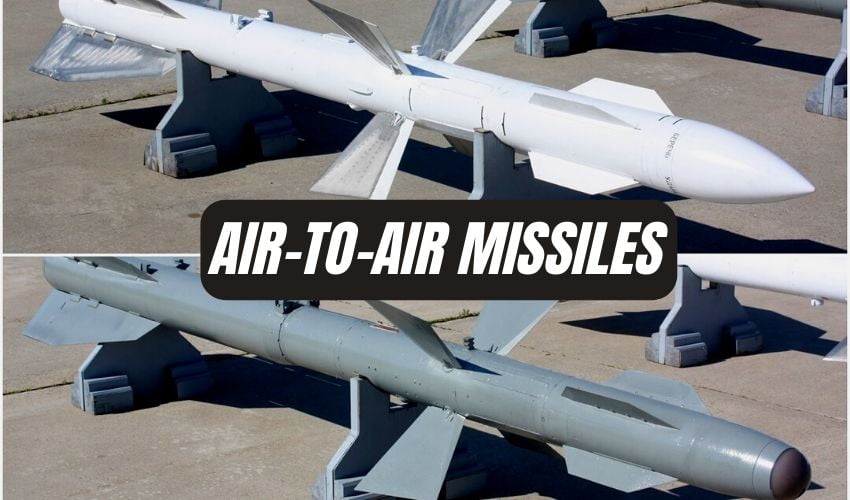On April 8, India’s DRDO successfully flew the Solid Fuel Ducted Ramjet (SFDR) technology off the coast of Odisha. The missile’s SFDR-based propulsion allows it to intercept aerial threats at supersonic speeds over extended distances.
Data from a variety of range equipment, including Telemetry, Radar, and Electro Optical Tracking Systems deployed by ITR, corroborated the performance. The SFDR was created by the DRDL in collaboration with the Imarat Research Centre and the High Energy Materials Research Lab.
The Defence Research and Development Organisation (DRDO) successfully tested a complete solid fuel ducted ramjet (SFDR) propulsion system from a ground-based launcher on April 8th, blasting a missile system to a high altitude and exceeding Mach 3 speeds.
SFDR technology is a missile propulsion system that incorporates a thrust regulated ducted rocket with a decreased smoke nozzle-less missile booster, unlike the Astra mk1, which uses a smokeless solid fuel rocket engine. A hot gas flow controller is used to modulate the thrust in the system. A solid-fuelled air-breathing ramjet engine powers the apparatus.
It’s a 350-kilometer-range missile with an extraordinarily great range. The missile can travel at a 4.5 Mach speed.
The development of SFDR technology will allow India to produce its own long-range air-to-air missile capable of matching the capabilities of the best missiles in this class, such as the MBDA Meteor, which the Indian Air Force employs on its Rafale planes.
The technology’s last known test took place in December 2021. The test, according to DRDO at the time, helped validate a number of technologies and subsystems, including the ground booster motor and nozzle-less motor. However, if you look at the writing on the missile, it says FT-05, which means it was the SFDR’s fifth flight testing.
The Mark-II variant of India’s homegrown Astra air-to-air missile, with a range of roughly 160 kilometres, is currently being developed. The missile’s performance in the terminal phase of its flight towards the target is dependent on the SFDR propulsion system, which was also tested in 2019.
